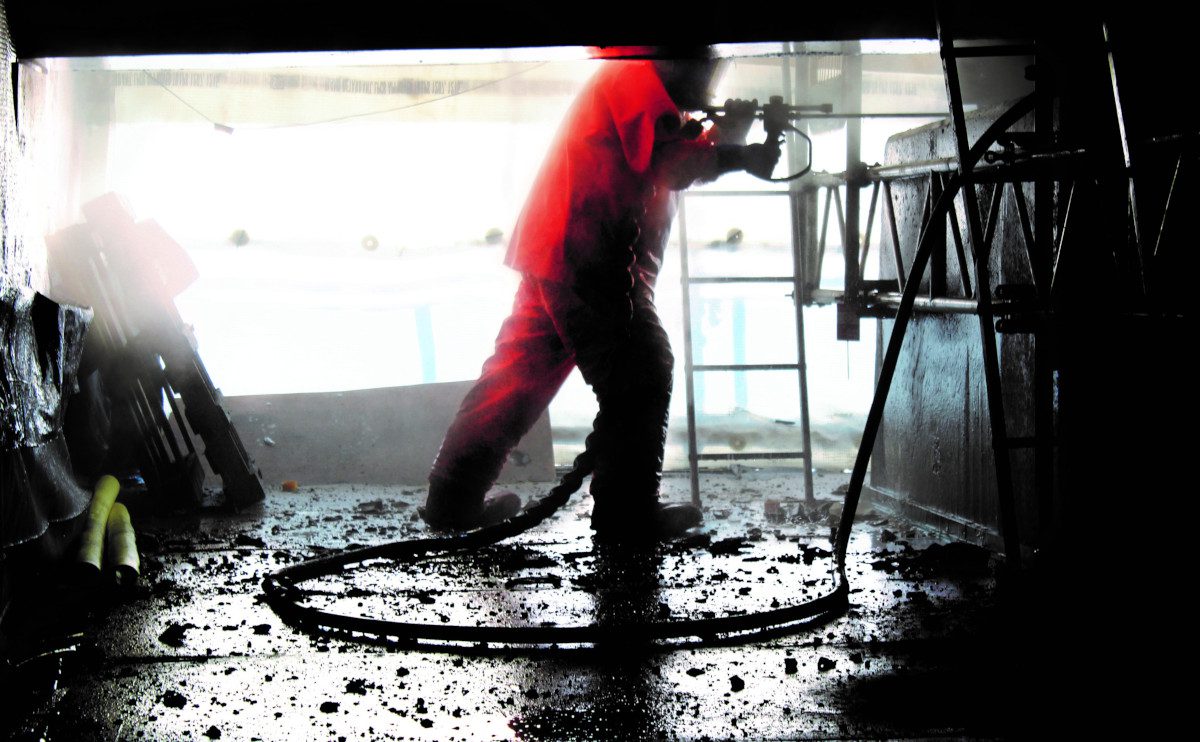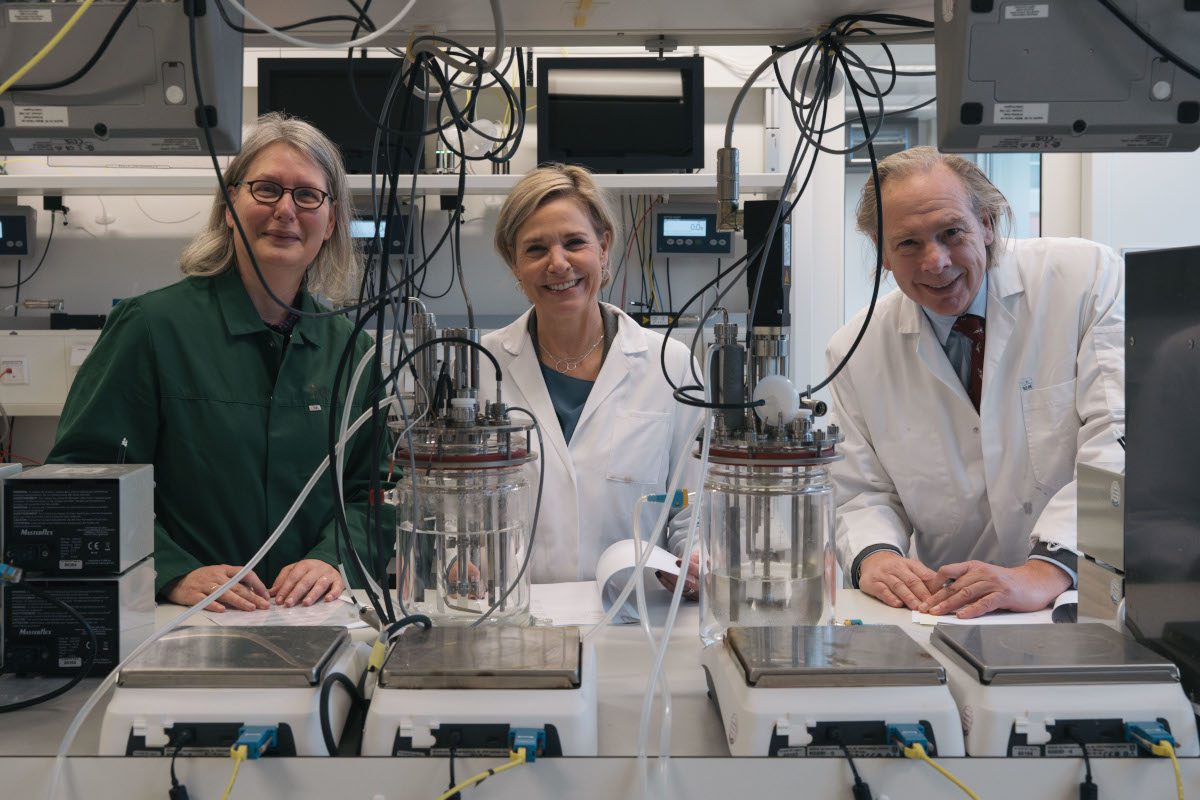Legislators in Europe seem to be keeping a closer eye on microplastics, with the introduction of European Union (EU) Regulation 2023/2055 in September being a recent milestone. HingWo Tsang, a Connectivity & Product specialist at testing and certification firm SGS, looks at the issues surrounding microplastics and the impact the new restrictions will have on business.
We are all aware of microbeads in cosmetics, but how many of us think about microplastics in glitter, the infill materials used in sports surfaces, or veterinary and medicinal products?
The problem with microplastics
Microplastics are solid plastic particles composed of mixtures of polymers and functional additives that measure less than 5 mm and may contain residual impurities. They can form naturally through the breaking down of plastics in the environment but, because they are light, cheap and have an abrasive action, they are also intentionally added to a variety of products, including fertilizers, cosmetics, household and industrial detergents and paints.
While microplastics are useful, scientists, governments and consumers now recognize them as a major threat to the environment. It is estimated our oceans contain around 5.25 trillion pieces of plastic, with a further 33 billion pounds of plastic entering every year.[i] In Europe alone, the European Union (EU) estimates 145,000 tonnes of microplastics are used every year in the EU/European Economic Area (EEA).[ii]
Microplastics are a concern because, once they are in the environment, they obstruct the food chain, causing devastation to the natural environment. For example, they are linked to the destruction of coral reefs. Aquatic creatures also mistake them for food, not only causing harm to the creature but also allowing the plastic to enter the food chain. Toxins within the plastic are then concentrated as we move up the food chain. In humans, microplastics can cause a variety of human health concerns, including neurotoxicity, dermal irritation and organ inflammation.
Europe regulates
The EU first stated its intention to restrict microplastics in January 2018, opening a consultation that ran until September 2020. A combined final opinion was then submitted to the European Commission in February 2021, with a draft regulation being issued in August 2022.
On September 27, 2023, the EU issued Commission Regulation (EU) 2023/2055 to regulate synthetic polymer microparticles as substances on their own and in mixtures under Regulation (EC) No. 1907/2006 ‘Registration, Evaluation, Authorization and Restriction of Chemicals’ (REACH).[iii]This defines synthetic polymer microparticles as polymers that are solid and fulfil both of the following conditions:
- Are contained in particles and constitute at least 1% of those particles; or build a continuous surface coating on particles
- At least 1% of the particles in the point above meet either of the following requirements:
- ≤ 5 mm for all particle dimensions
- ≤ 15 mm for particle length with a length to diameter ratio of more than three
The commission regulation created a new Entry 78 to Annex XVII of REACH, which became effective on October 17, 2023.
Under the terms of the restriction, microplastics must not be placed onto the market:
- As a substance on their own, or
- Where the synthetics polymer microparticles are present to confer a sought-after characteristic, in mixtures in a concentration equal to or greater than 0.01% by weight
The requirements within the regulations are being made effective in phases, starting on October 17, 2023. For a summary of the regulation’s requirements, effective dates and exemptions, see SGS’s latest Regulatory Update
However, some products are problematic and so the EU has published its current thinking on its website. One such product is glitter, considered a high-risk product type.
SGS provides comprehensive testing services to help businesses ensure compliance with the provisions in REACH.
Testing solutions include:
- Biodegradability testing – Regulation (EC) No 1907/2006 Annex XVII Appendix 15, OECD Guideline 301B
- Determination of polymer solubility test – Regulation (EC) No 1907/2006 Annex XVII Appendix 16, OECD Guideline 120
- Material composite identification testing – in-house method
Using the latest test methodologies, SGS can also determine if a material is rapidly degradable and identify carbon-containing polymers and material composition.
Find out more about SGS’s REACH solutions.
Notes
[i] Ocean Trash: 5.25 Trillion Pieces and Counting, but Big Questions Remain (nationalgeographic.org) & 263943_FactSheet_v2-1.pdf (oceana.org)
[ii] Microplastics – ECHA (europa.eu)
[iii] EU Regulates Microplastics under REACH (sgs.com)
















